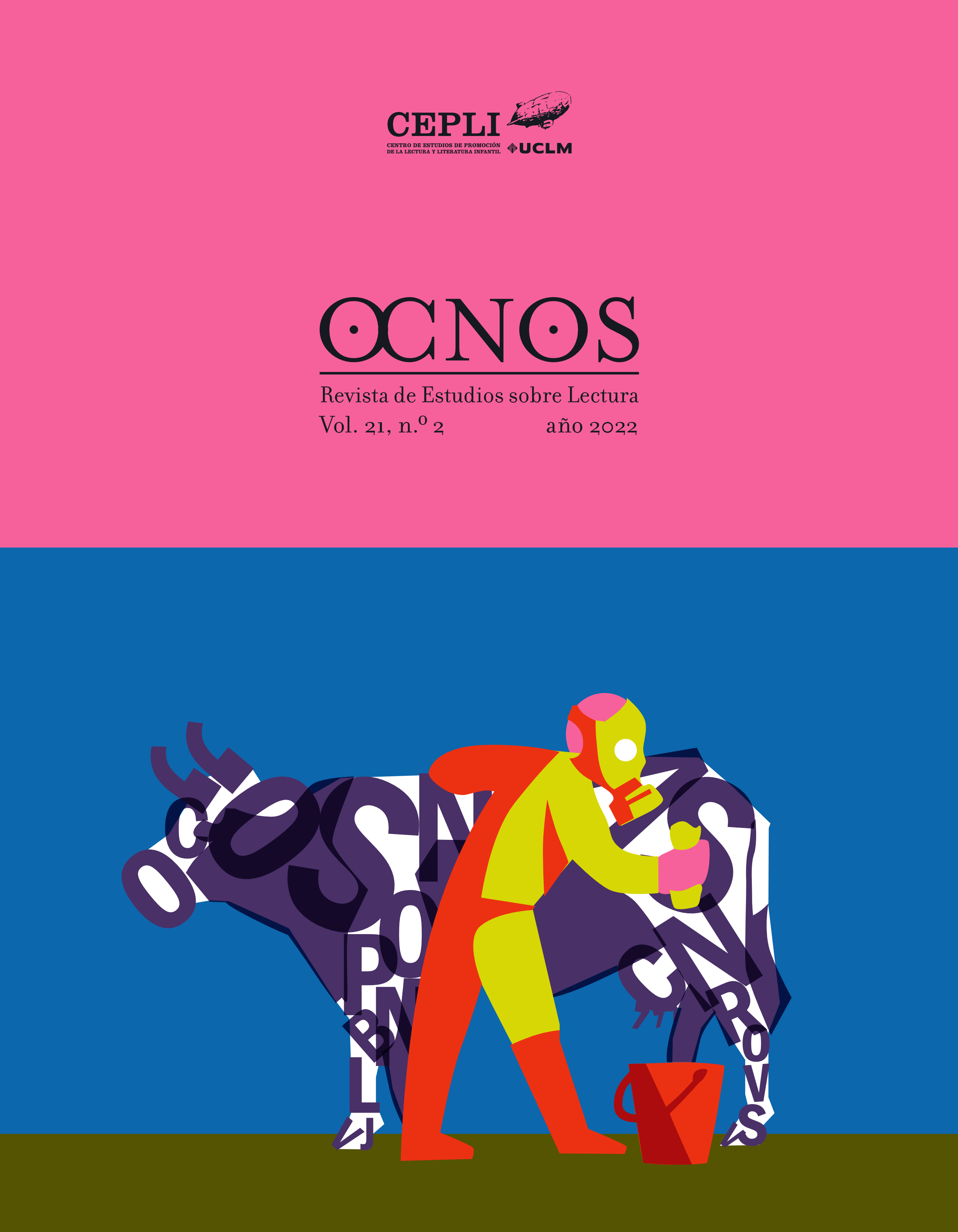Reading the irony in the picture-book
Main Article Content
Abstract
The picture-book, a format constituted by the conjunction of two expressive codes, words and image, represents the great novelty of children's literature in recent decades. Furthermore, its diffusion progressively expands to the adult public. The lack of definition of the receiver is one of its most outstanding characteristics, according to some authors. The combination of codes turns the picture-book into a propitious ground for irony. As it is well known, in the field of literary studies the concept of irony has been the object of wide ranging interpretations. From pragmatic foundations, we analyze here how irony affects the final meaning of different albums. In all cases, similar interpretation guidelines can be established. With this, it is intended to help the child or adult receiver to extrapolate some of the reading guidelines outlined here to other ironic albums.
Article Details

This work is licensed under a Creative Commons Attribution-NonCommercial-NoDerivatives 4.0 International License.
The articles published at Ocnos will have a Creative Common Licence Creative Commons Attribution-Noncommercial-No Derivative Works 3.0 Unported





